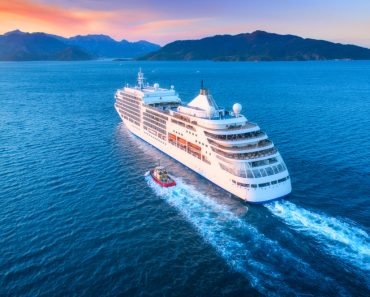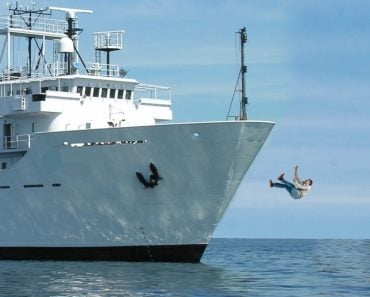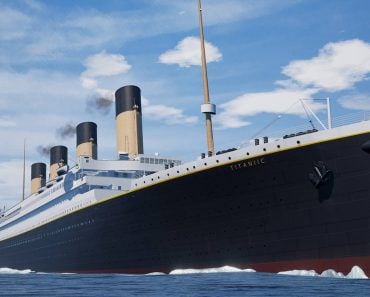The iceberg was left behind after the collision, it would have been too risky to get too close to the iceberg, ice is slippery, and people simply wouldn’t go onto the iceberg.
This one time, I watched the movie Titanic with a friend who made a fascinating observation after the movie ended: ‘Why couldn’t the ship passengers get off and climb the humongous iceberg (with which the ship collided) and wait there until help arrived?
Many people consider that a viable solution to the problem.

Despite the ship suffering a glancing blow, it took around two and a half hours to sink completely after colliding with the iceberg. This means that some of the passengers who remained on the ship after a few hundred were transported away in lifeboats may have had enough time to climb up the iceberg and wait for help, if not all of them.
But that obviously didn’t happen in reality. Why?
Recommended Video for you:
The Iceberg Was Far Away From Titanic After The Collision
Sources claim that just before hitting the iceberg, the Titanic was going at a staggering 20.5 knots (~40 kmph or 23.6 mph).
This may not sound very fast for land vehicles, but for ships, it is considered very fast. The fact that the top speed of the Titanic was 24 knots should give you some idea of how fast the ship was going when it hit the iceberg.
It’s worth noting that giant ships differ from land vehicles in that they take considerable time to stop after their engines are turned off. While a car can go from 100 miles per hour to 0 in a matter of seconds, a ship as large as the Titanic would have traveled at least a mile before coming to a complete stop due to its momentum.
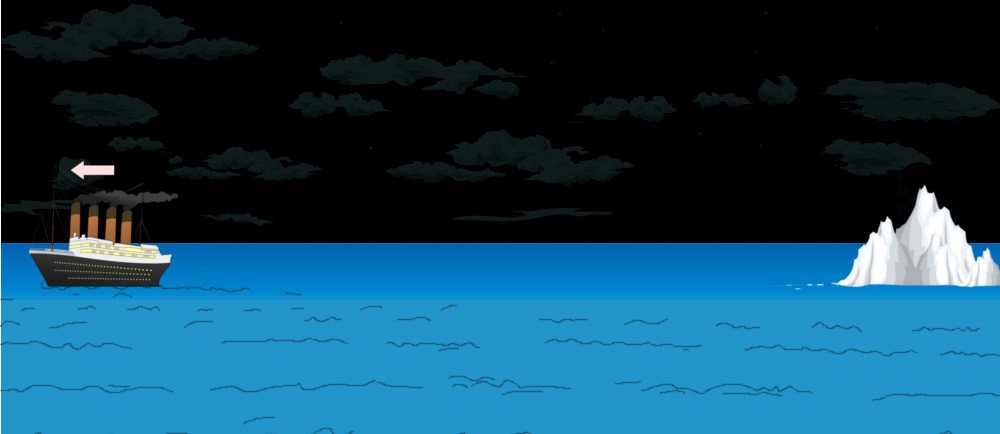
In other words, when the Titanic sank, the iceberg that caused the collision was left far behind in the darkness, out of reach for the crew and passengers to even consider climbing it.
Could The Titanic Take A U-turn And Reach The Iceberg?
After the Titanic hit the iceberg, some people might think that the captain could have just reversed the ship, reached it, and started transferring passengers onto it.
However, this was not a viable option.
After hitting the iceberg, the ship had already covered a substantial distance, and returning to it was impossible.
The night was dark, and the only sources of illumination were starlight and the artificial lighting of the ship, which were far too inadequate to locate an iceberg out in the open sea. Even the spotters couldn’t locate the iceberg before the ship got too close and hit it. Additionally, the ship had no radar, making finding the iceberg impossible.
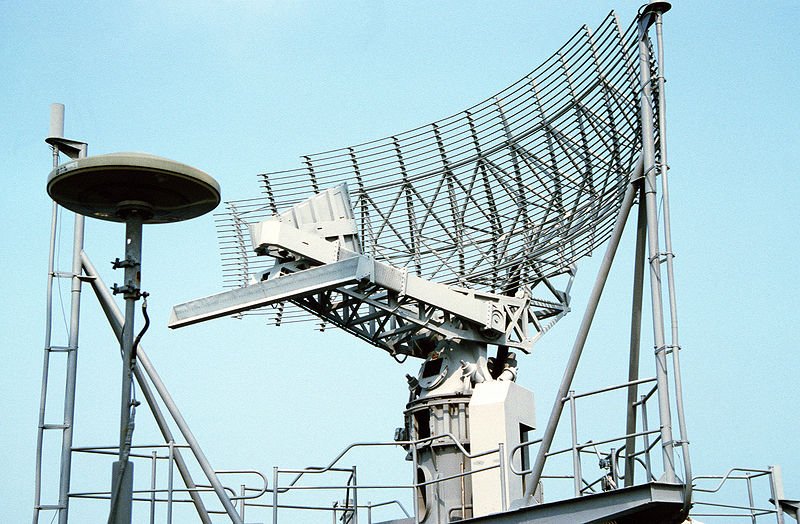
Furthermore, maneuvering a U-turn with an ocean liner as huge as the Titanic was quite an elaborate process, and would have used up precious minutes that could have been used on a different solution – one that did not rely on going back and locating the iceberg with which they had collided in the first place.
Getting Too Close To The Iceberg Would Have Been Too Risky
An iceberg is a humongous rock of ice floating on water, but only a small part of it is visible above the surface of the water.
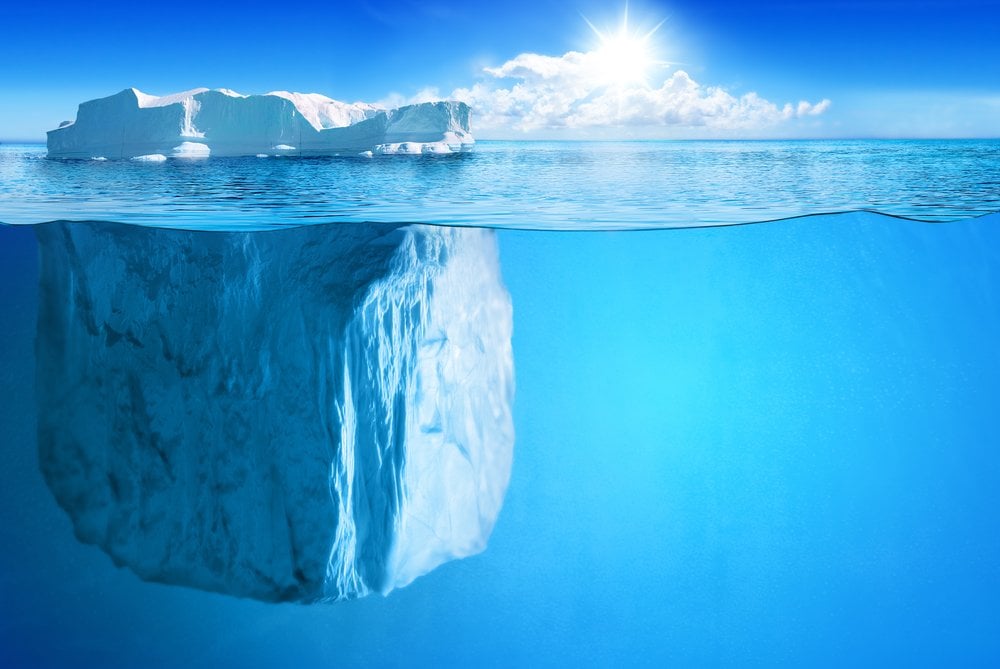
If the iceberg was nearby, one plausible way of getting passengers onto the iceberg was by using gangplanks – movable planks used by passengers to board/disembark from a ship.
This technique would require bringing the ship very close to the iceberg, which would again be very, very risky as there was no way of knowing how far the iceberg extended beneath the surface of the water.
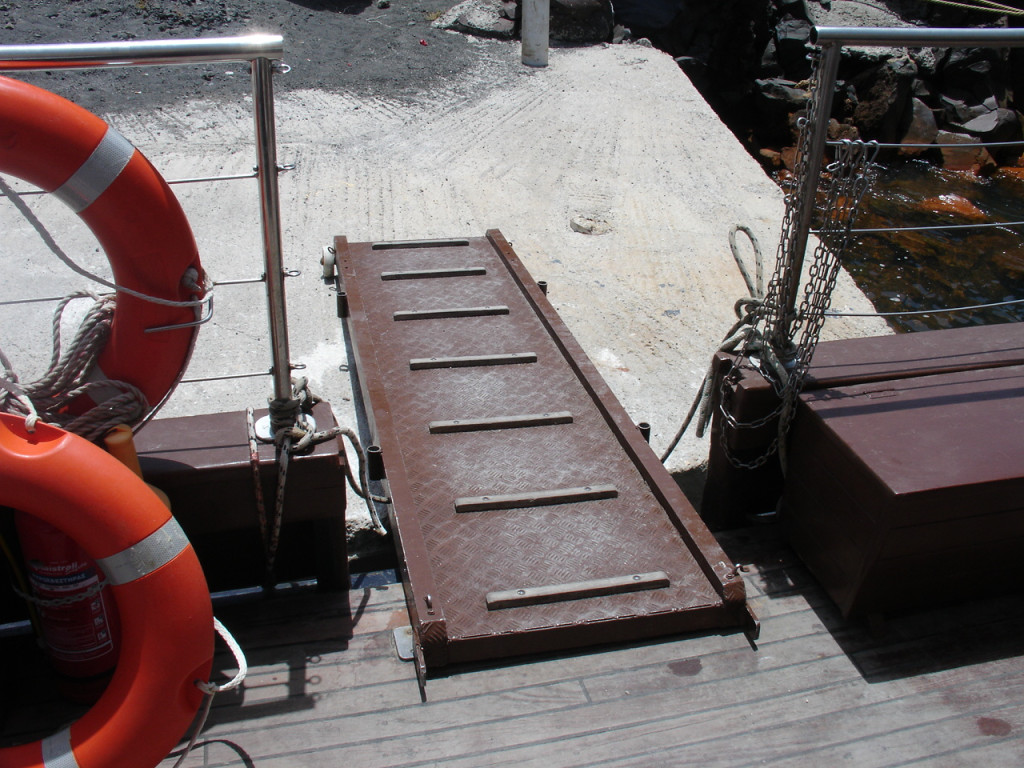
Also, this technique would require incredibly long gangplanks – something that they did not carry onboard the Titanic, as they did not plan on transferring passengers to rocks of ice in the middle of the voyage.
Needless to say, this plan is riddled with impossible variables.
Ice Is Slippery
One shouldn’t forget that ice is quite slippery.

Getting onto an iceberg is more challenging than it may seem at first. Icebergs are massive, so it would be daunting to get hundreds of frightened passengers onto the iceberg without any assistance equipment.
Moreover, the challenges don’t end there. Once on the iceberg, staying there without slipping into the icy waters surrounding it would be equally difficult. It is also unlikely that people would survive standing on the surface of a frozen rock.
People Simply Won’t Go Onto The Iceberg
The reasons we discussed above pertained exclusively to the technicalities of transferring passengers onto the iceberg.
Now, here’s a psychological factor: even if you successfully parked the ship next to the iceberg and had all the necessary equipment to board, convincing passengers to leave the ship’s safety and climb onto the iceberg would prove to be a monumental challenge.

Believe it or not, but the crew of the RMS Titanic initially had a hard time cajoling the passengers on the deck to actually get into the lifeboats!
It is said that millionaire John Jacob Astor, who was the richest passenger on the ship, declared: “We are safer here than in that little boat.” Sources also claim that some passengers refused flatly to embark.
These are only some of the countless reasons that prove that getting passengers onboard the iceberg wasn’t only practically impossible, but also a terrible idea.
Furthermore, one should not forget that with the benefits of hindsight, it becomes much easier to figure out elaborate plans and possible solutions that could have worked at that time.
However, the conditions at the time when an ocean liner carrying more than two thousand souls was floundering and an environment of utter chaos rocked the ship must have been quite different, to say the least.
References (click to expand)
- Titanic material failure | Mechanical Science & Engineering.
- The Iceberg that Sank Titanic.
- Stettler, J. W., & Thomas, B. S. (2013, June). Flooding and structural forensic analysis of the sinking of the RMS Titanic. Ships and Offshore Structures. Informa UK Limited.
- Leighly, H. P., Bramfitt, B. L., & Lawrence, S. J. (2001, April). RMS Titanic: A metallurgical problem. Practical Failure Analysis. Springer Science and Business Media LLC.


